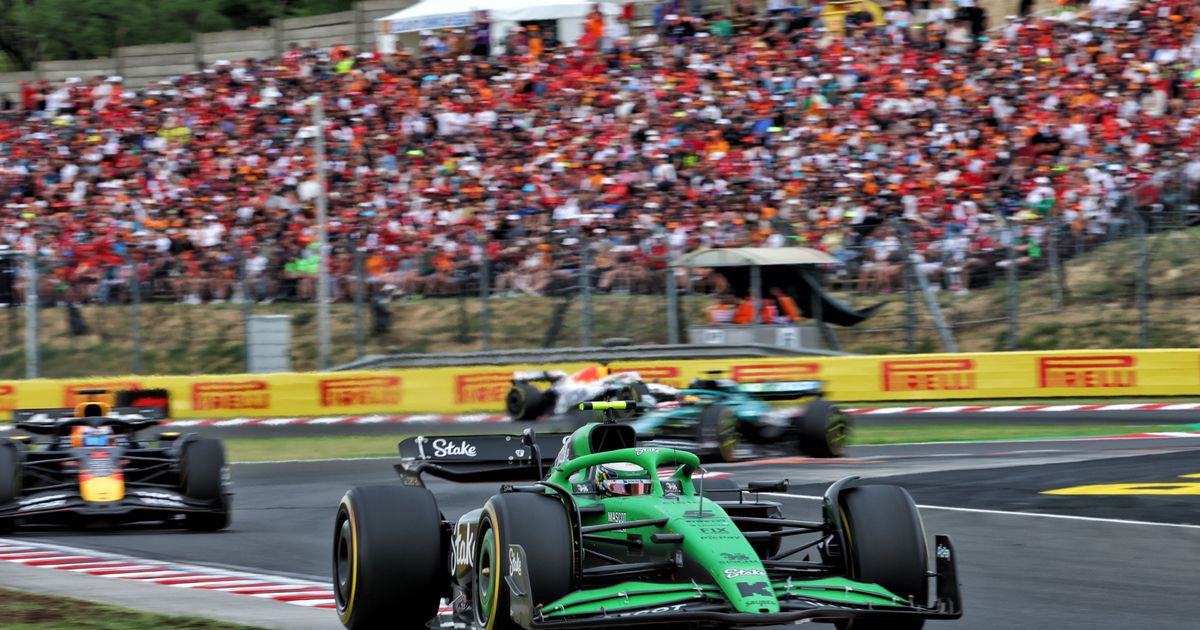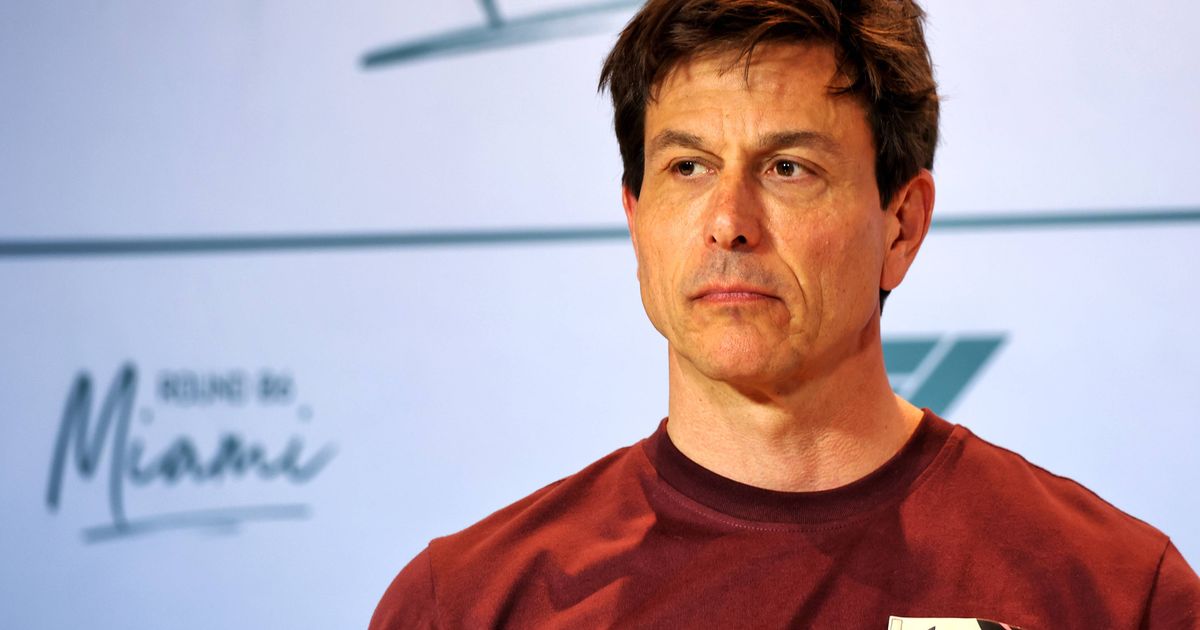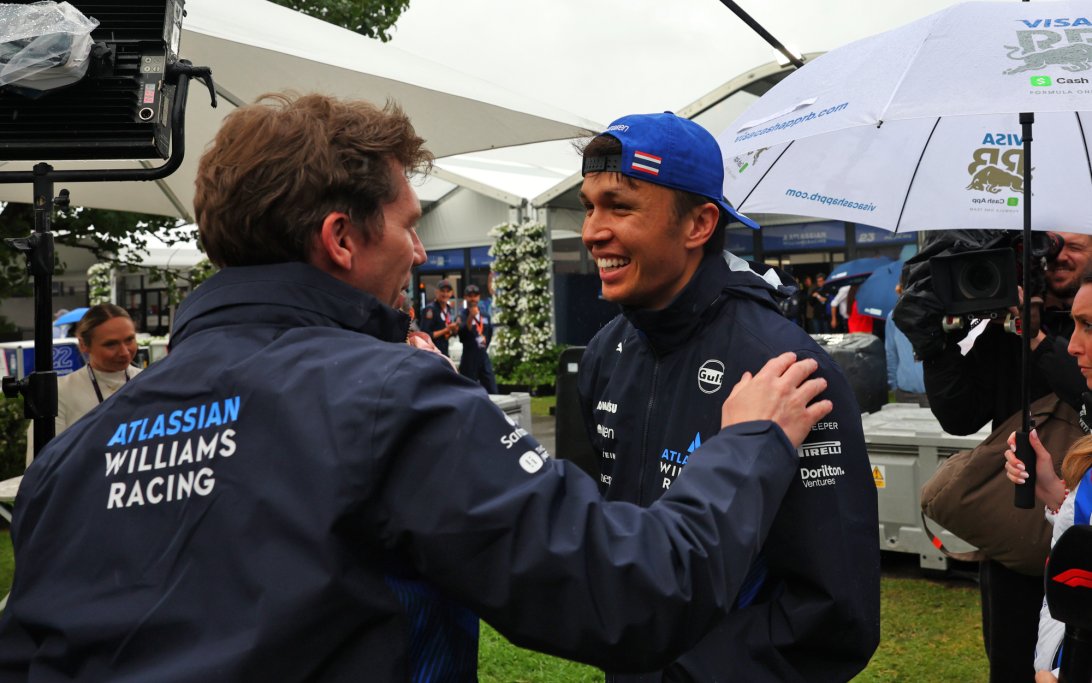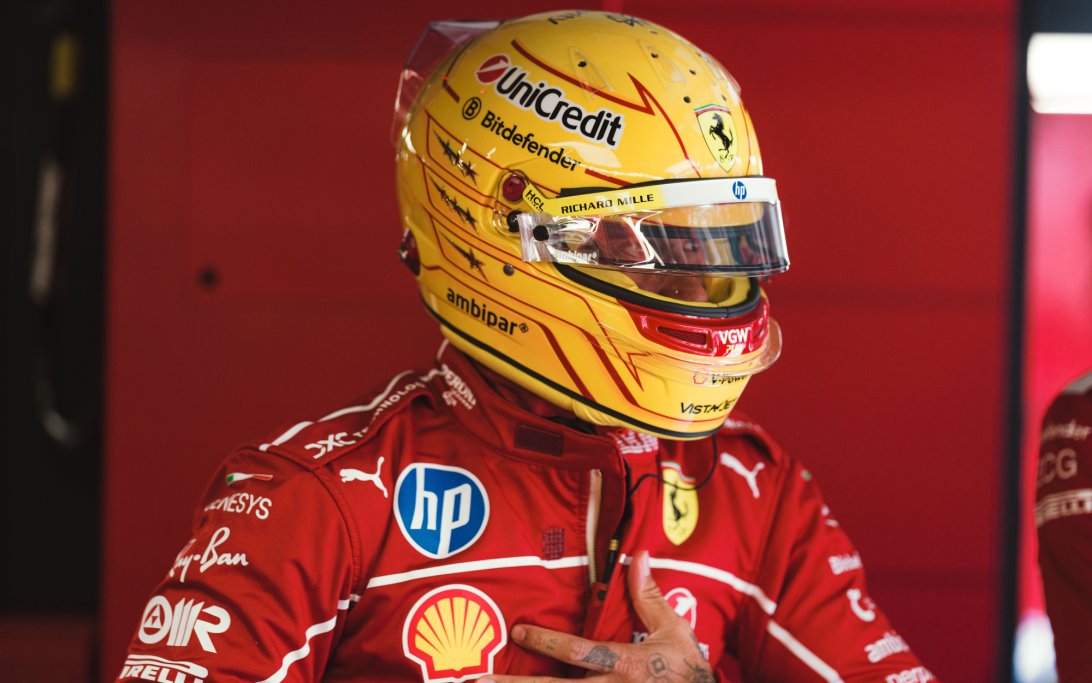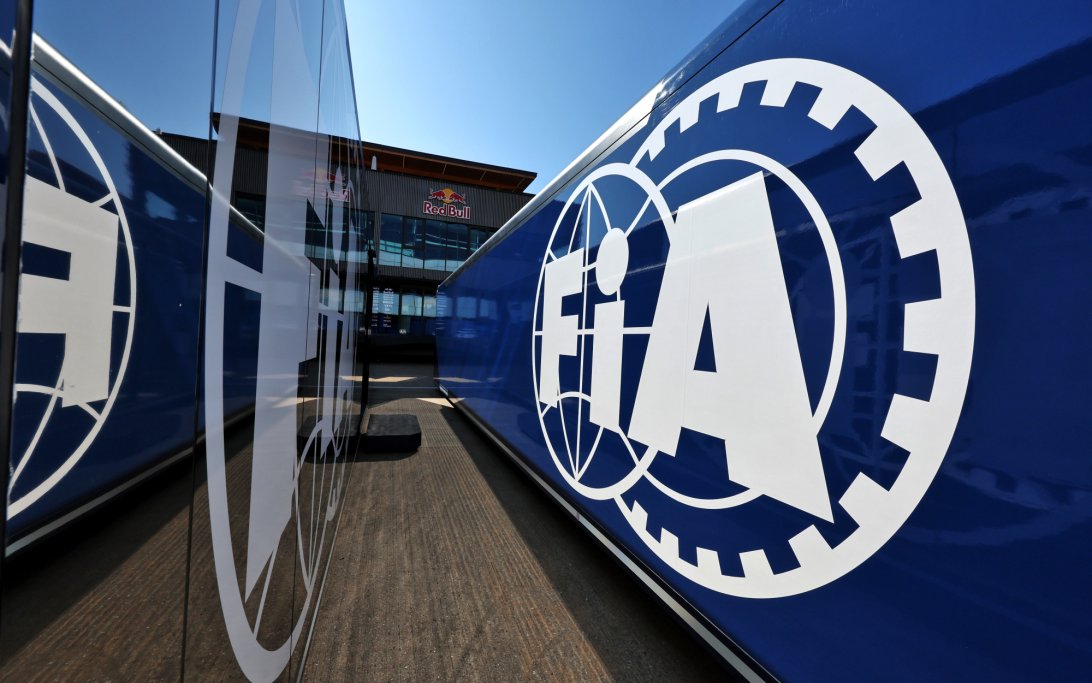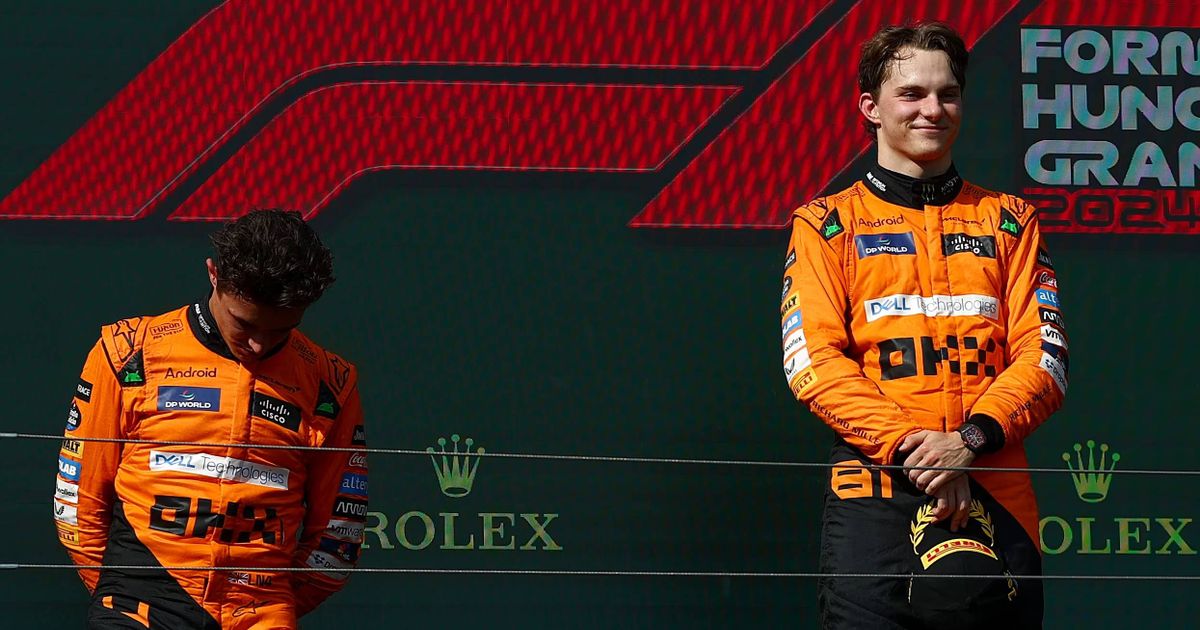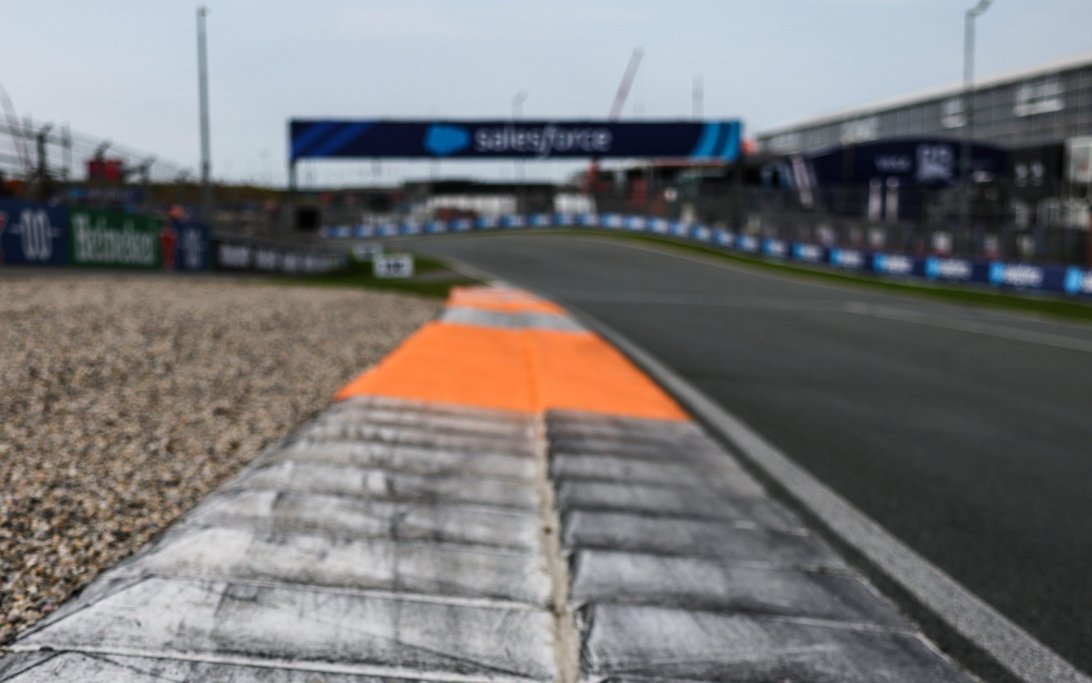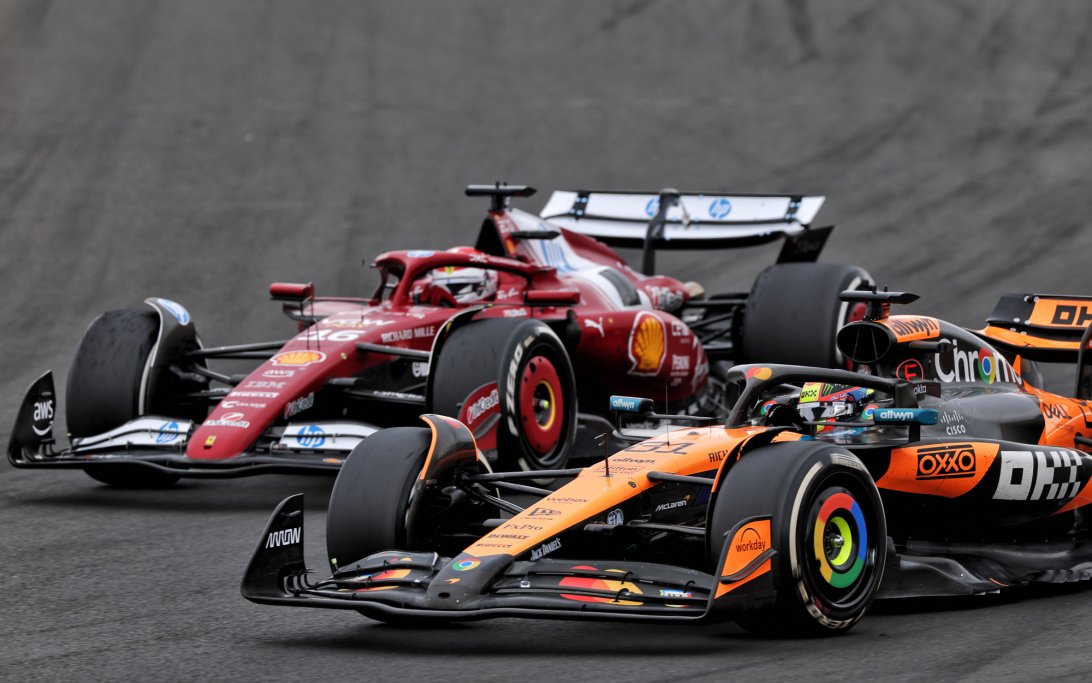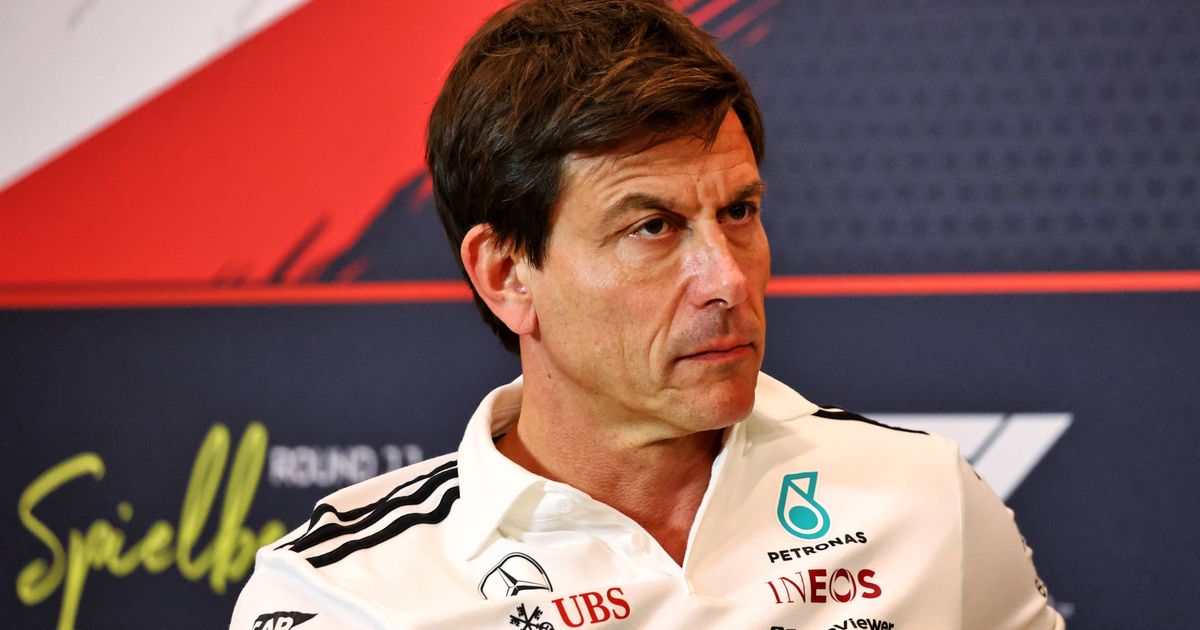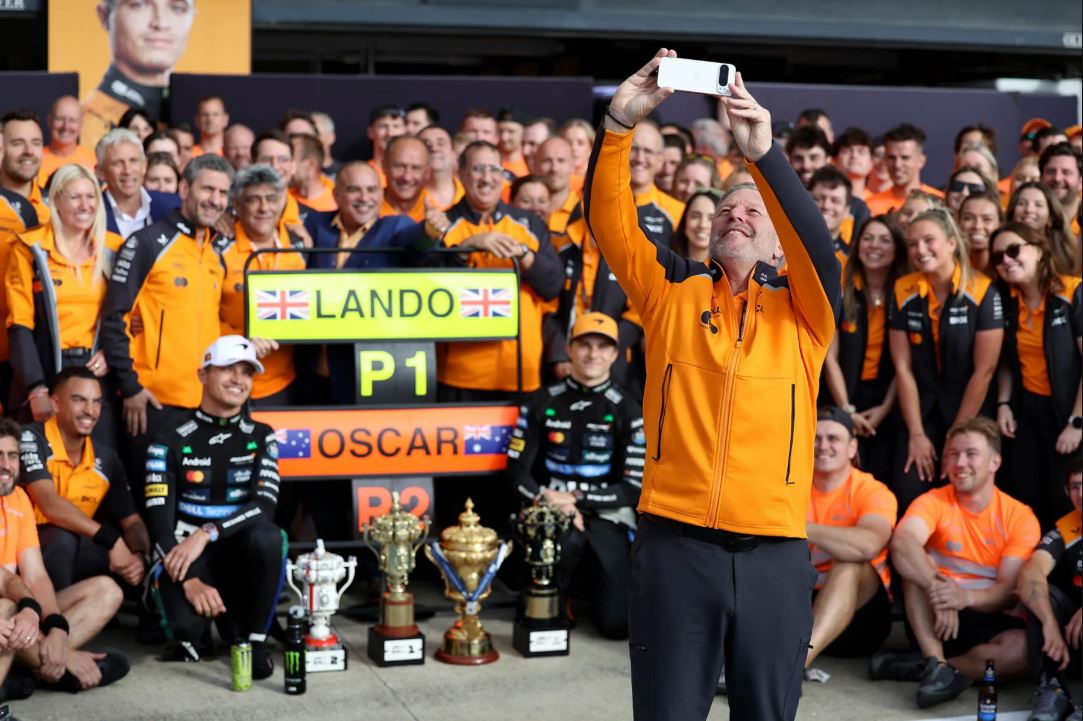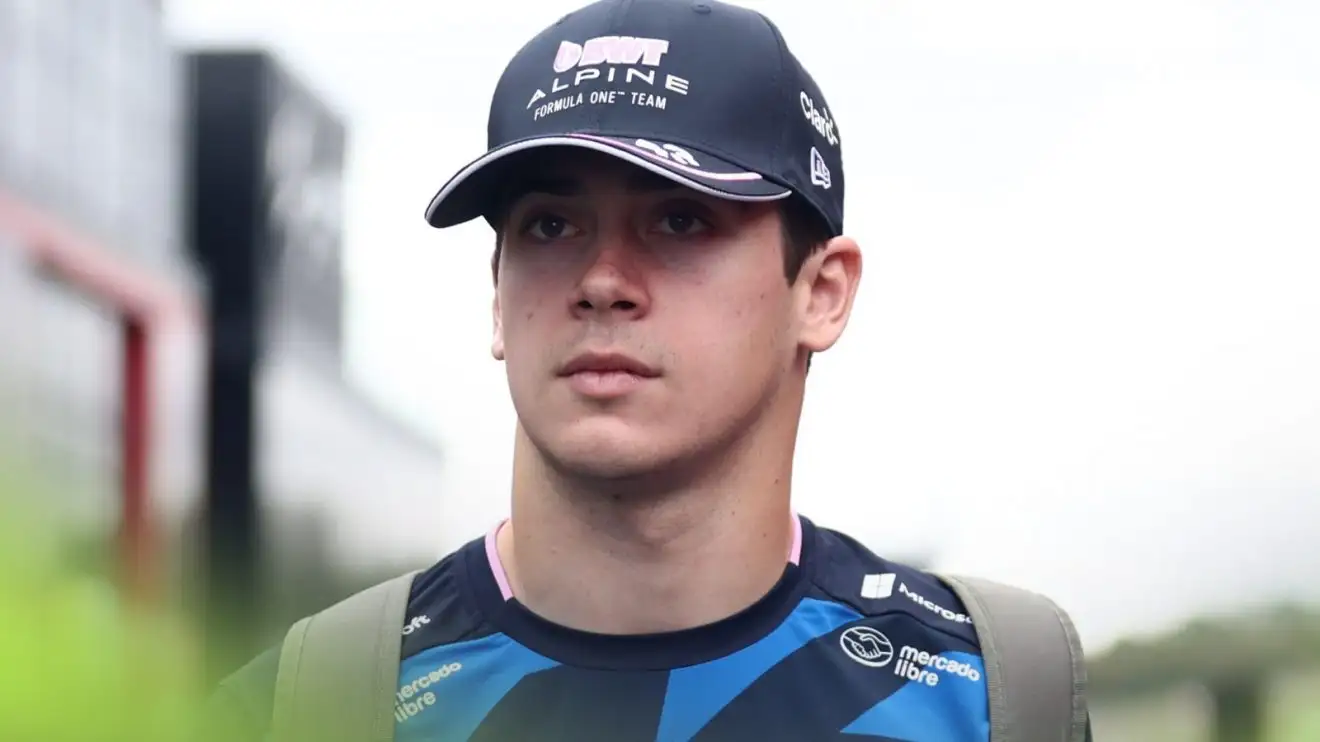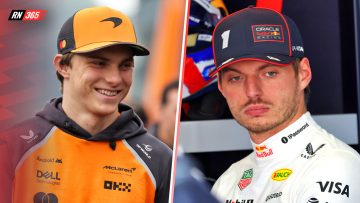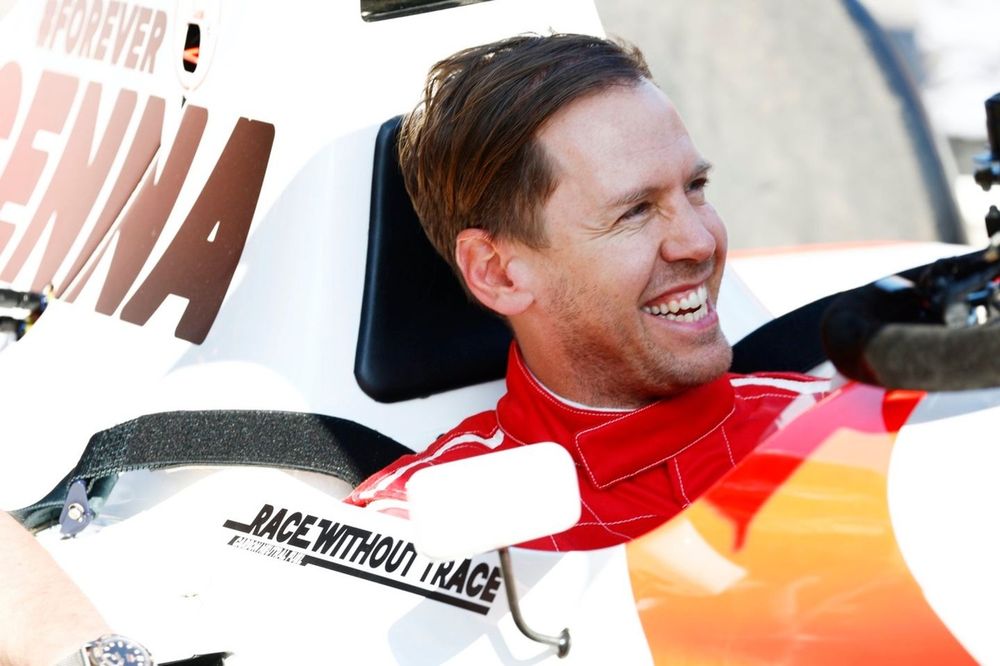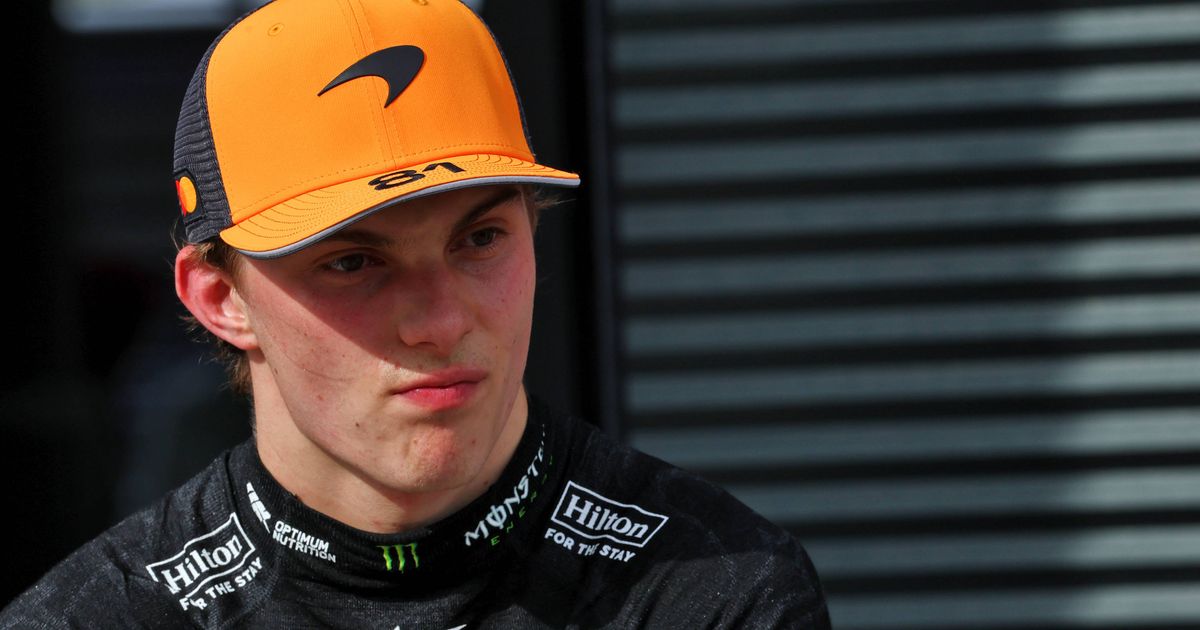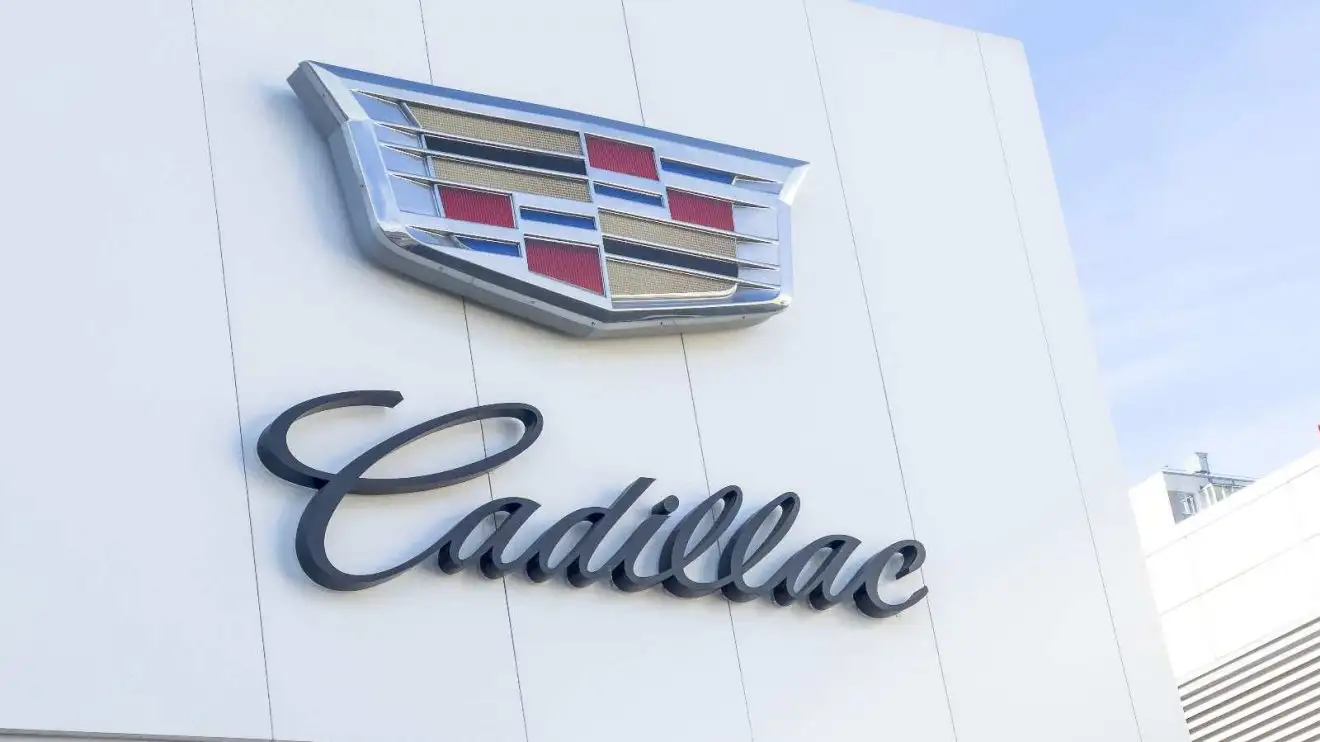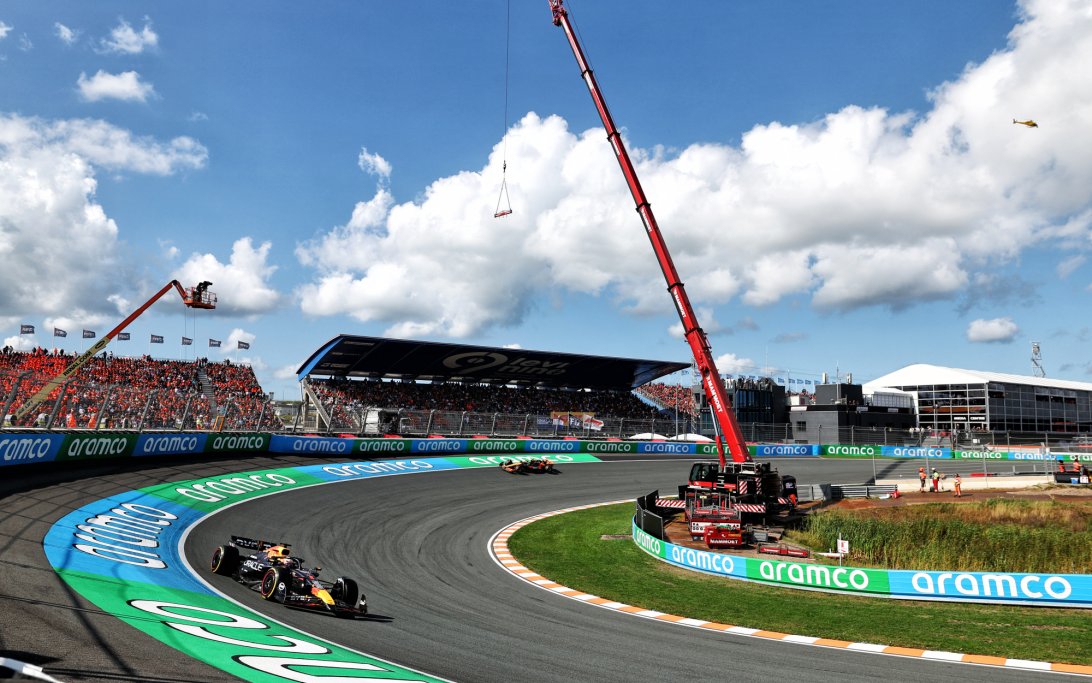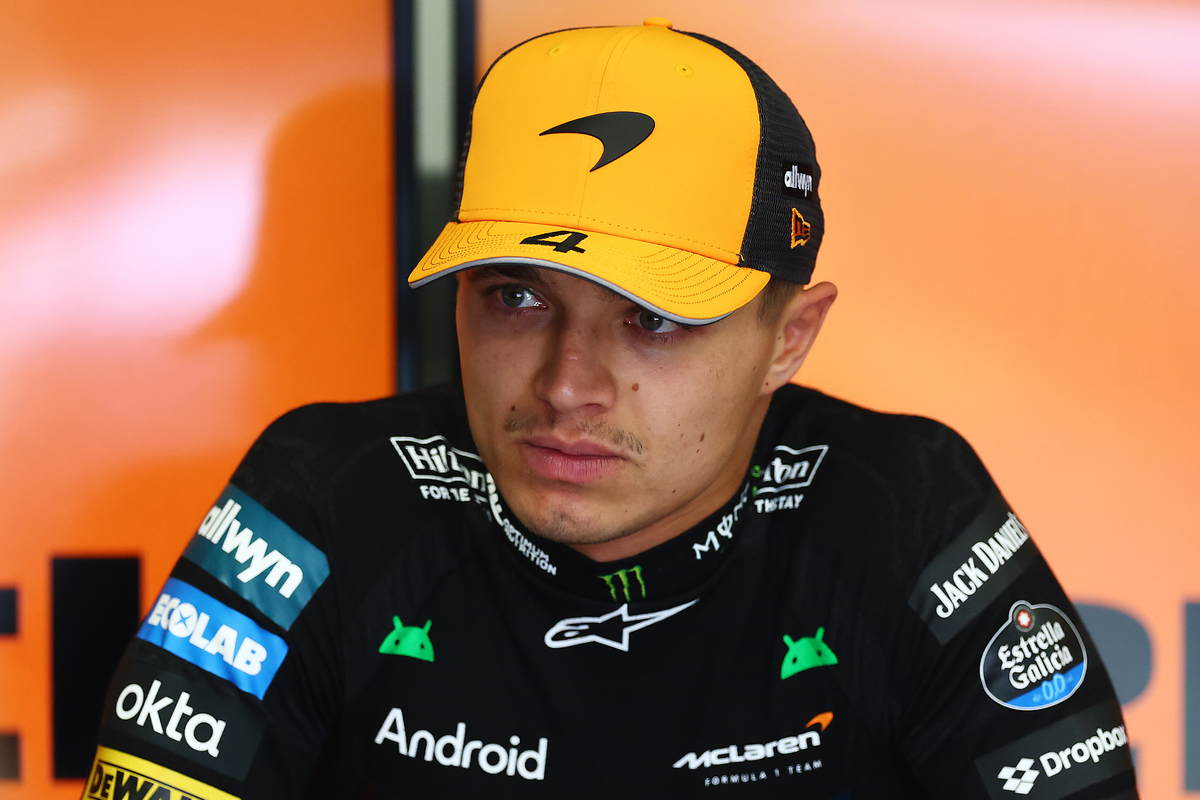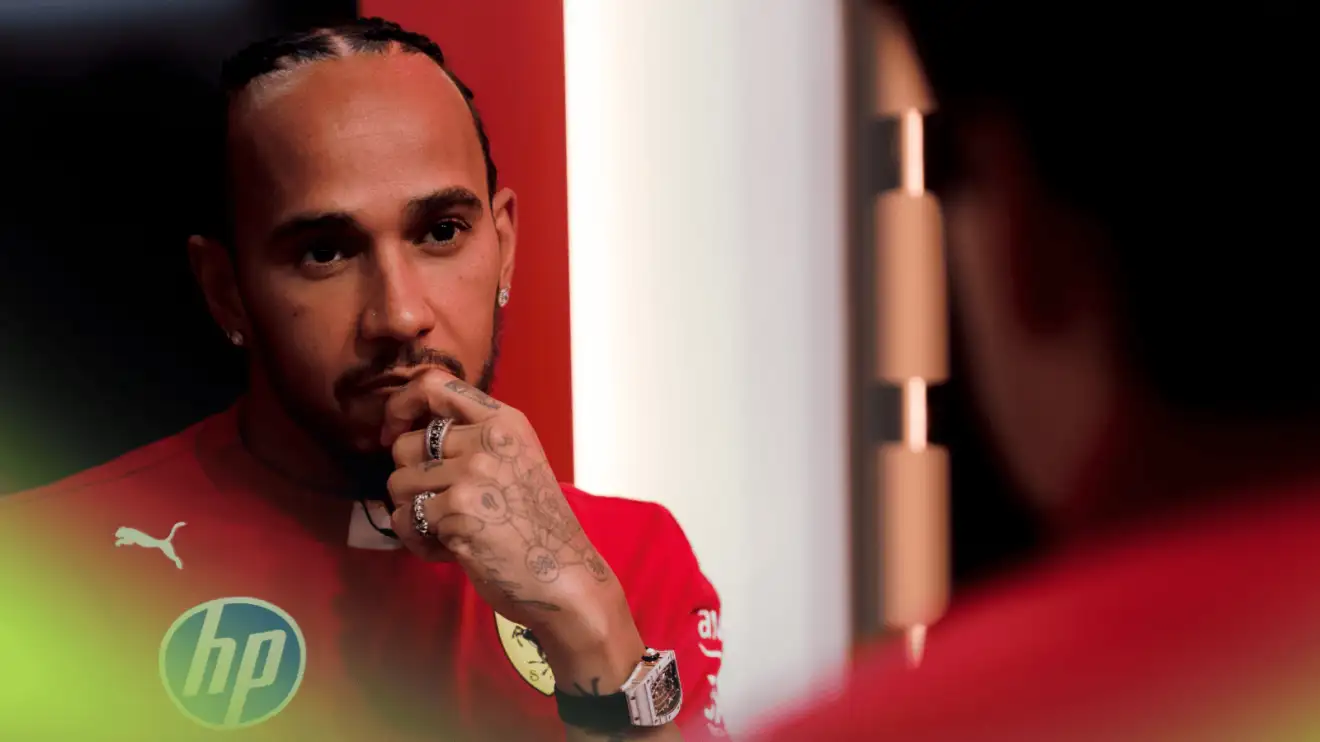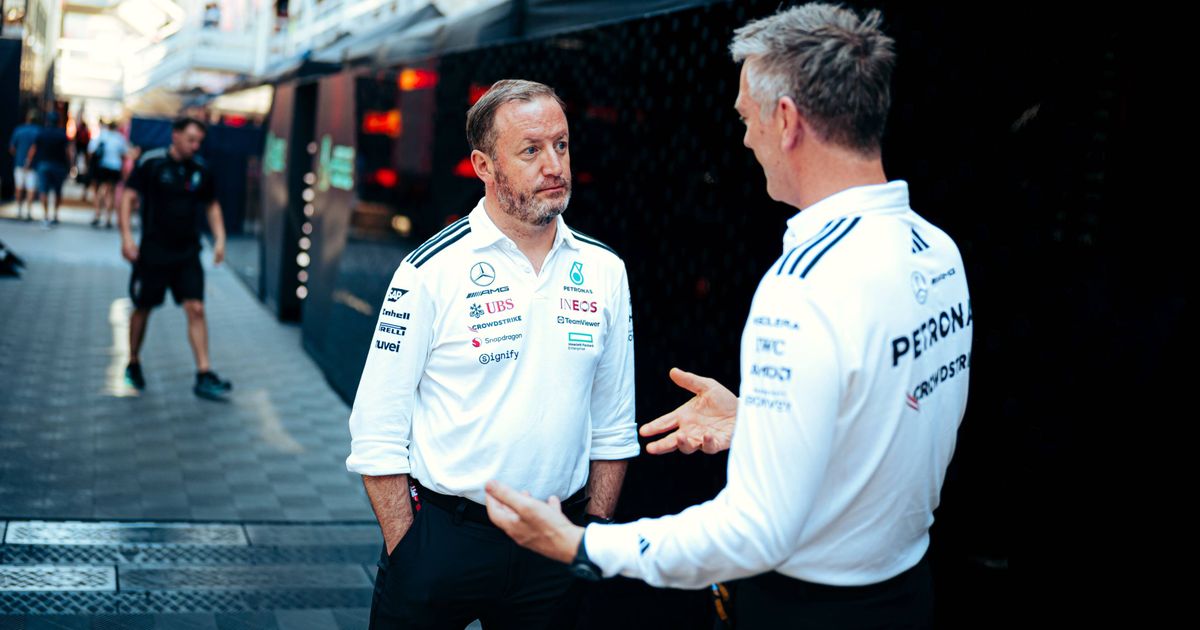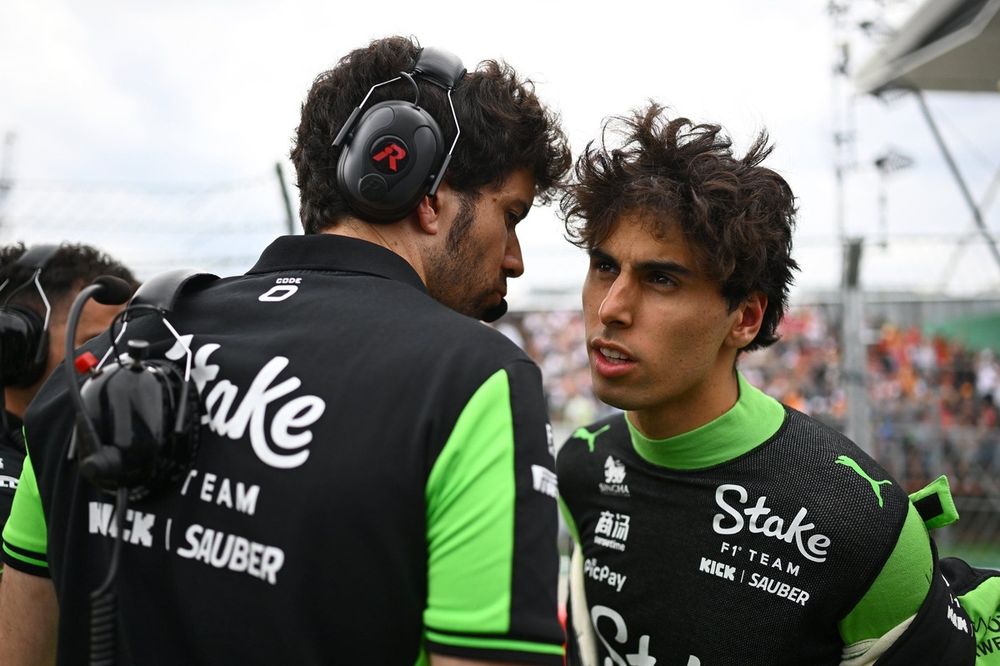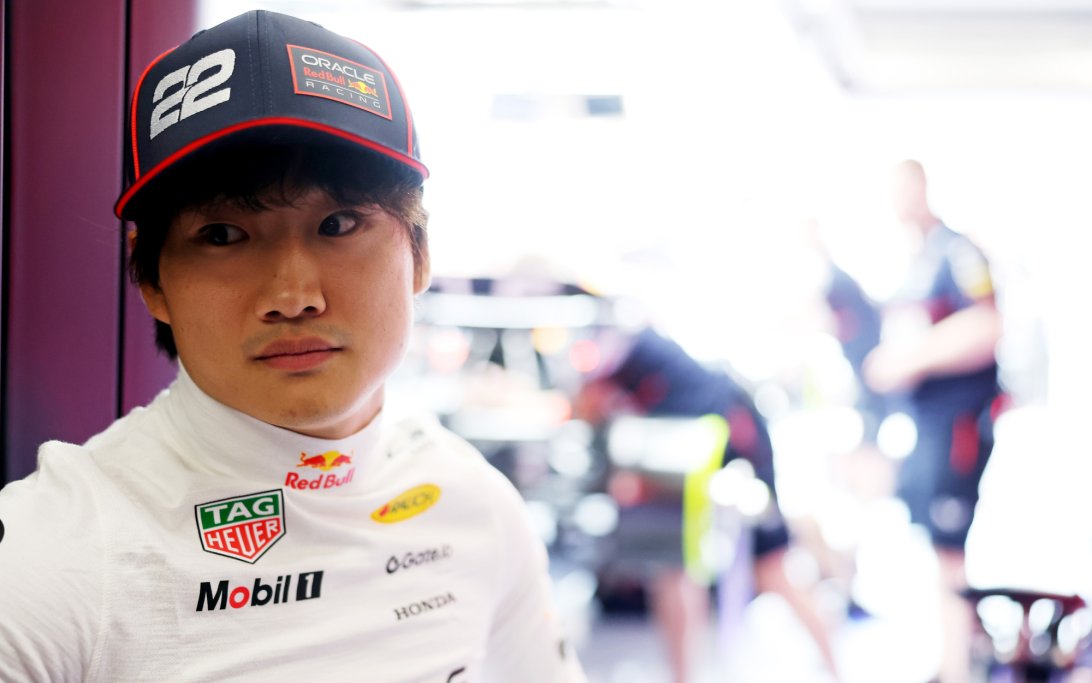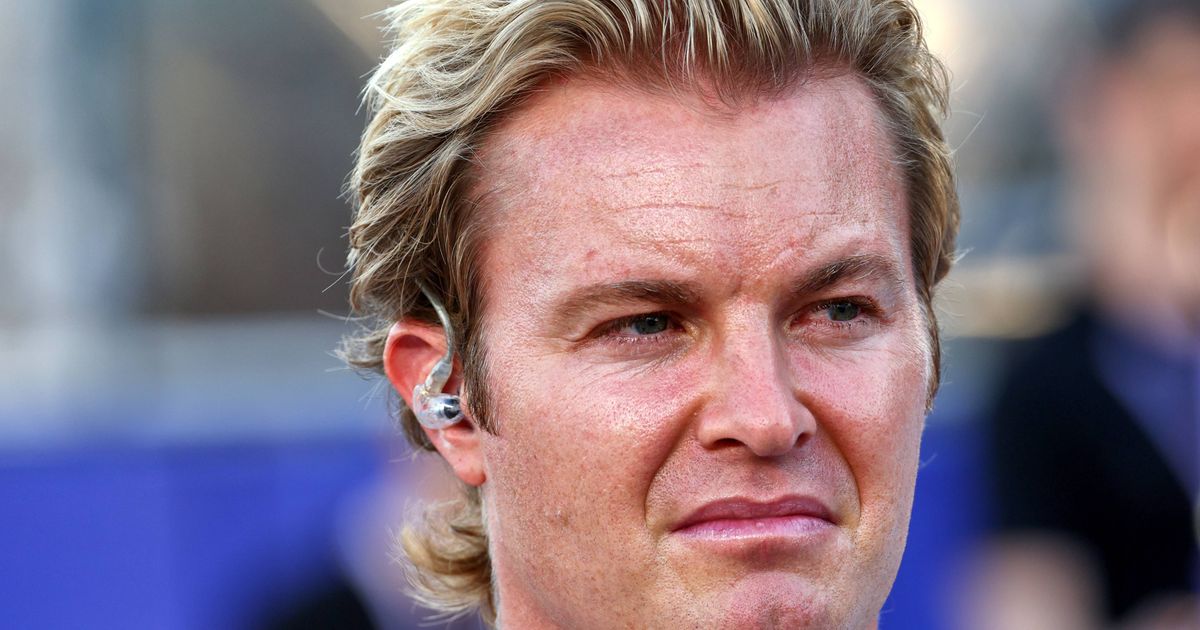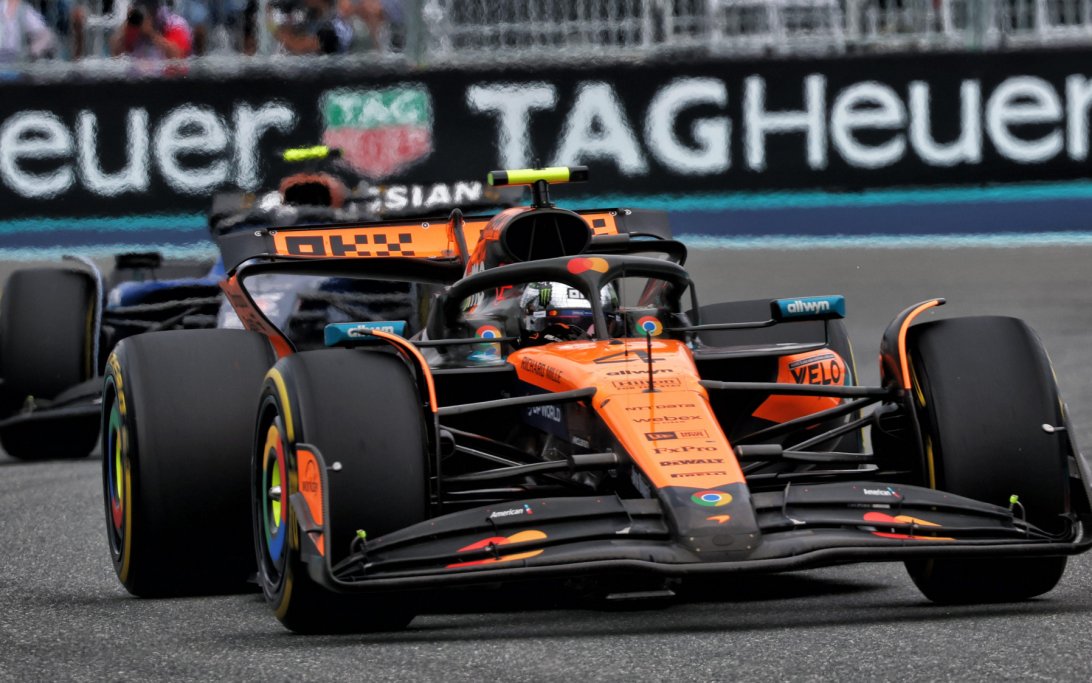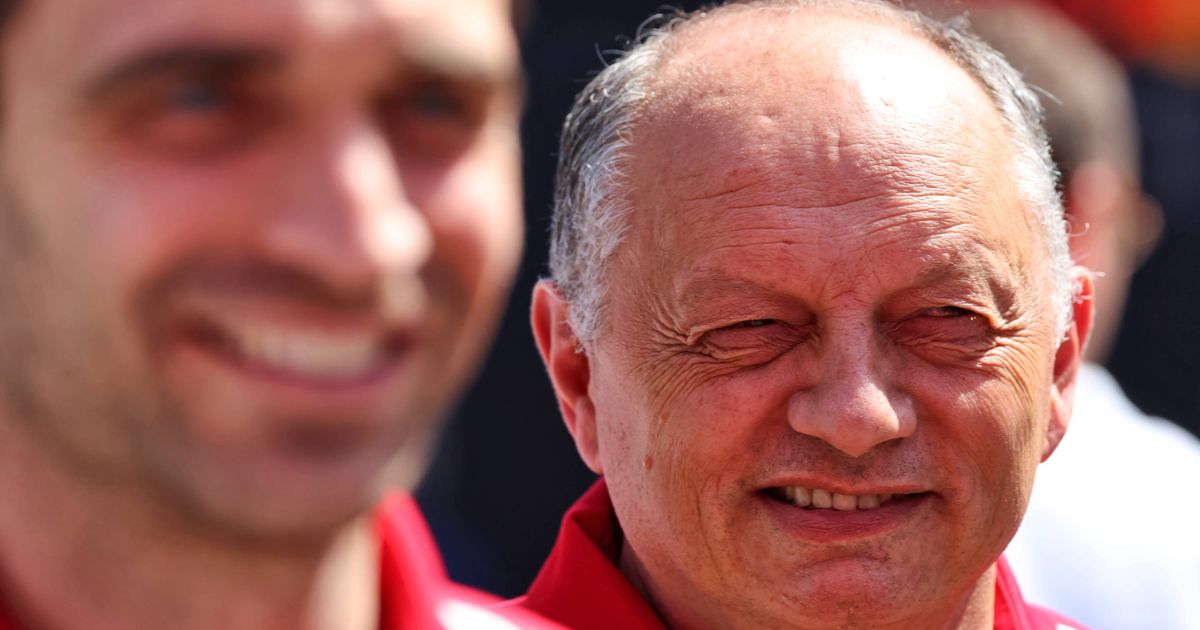The FIA has issued a powerful statement strongly refuting claims made by GDPA chairman Alexander Wurz regarding technical developments and safety in karting. Wurz's comments, published in a recent GPBlog interview, suggested that karting is incorporating more aerodynamic parts, increasing costs and danger.
Why it matters:
Karting is a fundamental entry point for motorsport talent, and accurate information on its regulations and safety standards is crucial for the sport's integrity and the perception of young drivers' safety.
The Allegations:
Alexander Wurz claimed that karting is increasingly allowing aerodynamic parts like floors, wings, and downforce settings, leading to higher costs and potential dangers. He stated that "all 20 F1 drivers" supported his view, emphasizing concerns for young participants.
The FIA's Rebuttal:
The FIA's extensive statement directly counters Wurz's assertions, outlining the strict CIK-FIA Karting Technical and Homologation Regulations:
- No Aerodynamic Modifications: Regulations explicitly prohibit alterations to kart aerodynamics, wings, or floors. Article 4.6 (updated Feb 2025) specifically bans modifications to floor trays.
- Approved Components Only: Only FIA-approved components are permitted, preventing the use of untested or non-homologated parts.
- Safety Standards: All homologated bodywork must undergo rigorous FIA-standard crash testing. Bodywork must be air-blow moulded, inherently preventing adjustable aerodynamic features, and no modifications to homologated bodywork are allowed.
Safety is Paramount:
The FIA dismissed Wurz's safety concerns as "entirely baseless and untrue," noting that technical regulations have been strengthened this year.
- New safety standards include body protection, light panels, and helmet standards.
- A completely new karting safety device is set to be released soon.
The Big Picture:
The FIA is dedicated to making karting more accessible and inclusive through initiatives like the Global Karting Plan, which introduces new categories and competitions with standardized karts to ensure technical and financial parity.

